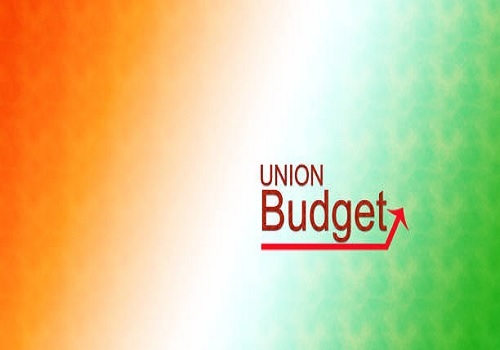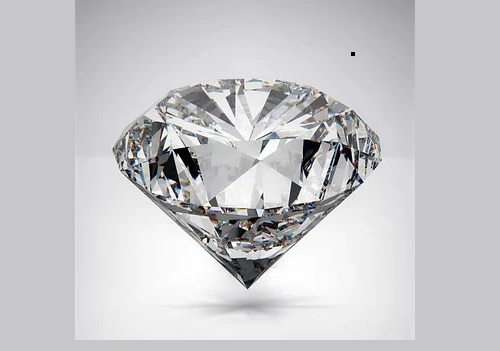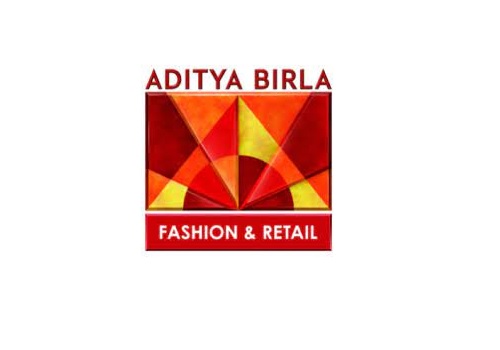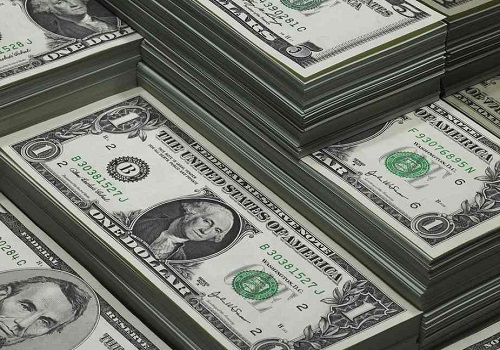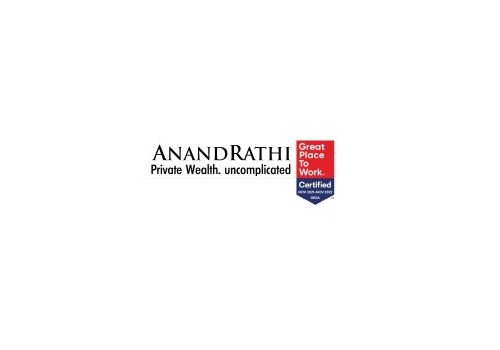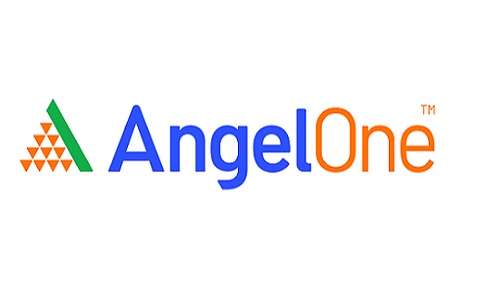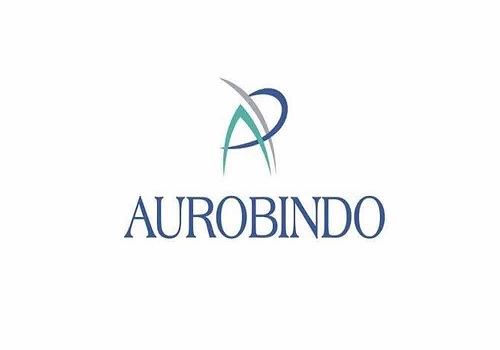Buy UPL Ltd. For Target Rs. 650 By JM Financial Services
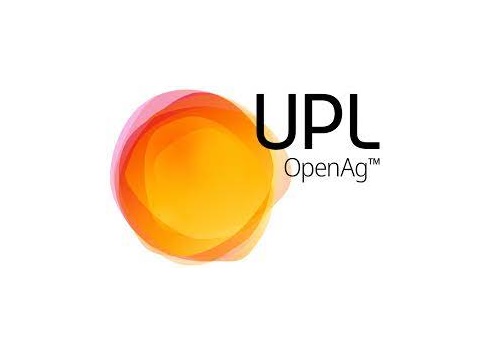
Inventory rationalisation unlikely be to be repeated
UPL’s 3QFY24 EBITDA missed JMFe and consensus estimates by 95% and 94%, respectively. This extremely weak earnings was driven by i) higher rebates given to distributors and product returns, and ii) liquidation of high cost inventories. Going forward, inventory rationalisation is unlikely to be repeated given the company will be entering FY25 on a low cost inventory basis. Going forward, price normalisation will be gradual given inventory destocking has not yet subsided. There is a possibility of normalised performance from 2QFY25. Given no operating cash flows and working capital increase, net debt has risen further to USD 3.7bn at endDec’23. The company expects to bring net debt down to USD 2.5bn (excluding the rights issue) via higher collections in 4QFY24 and capital-raise opportunities at platforms (e.g., seeds, specialty chemicals, etc.). Factoring in 3QFY24 results and commentary, we have lowered our FY24/25/26 EBITDA estimates by 34%/14%/12% and PAT estimates by 131%/29%/22%. We maintain BUY with a revised Mar’25 TP of INR 650 (vs. INR 730 earlier) on account of value unlocking of the seeds and spec chem businesses.
EBITDA miss driven by high cost inventory rationalisation: UPL’s 3QFY24 consolidated EBITDA came in significantly below (95%/94% below JMFe/consensus) at INR 930mn (down 97% YoY) on account of gross margin contracting sharply to 36% (vs. JMFe of 50.0% and 52.8% in 3QFY23) and revenue coming in lower at INR 98.9bn (8%/11% below JMFe/consensus, down 28% YoY). Sharp contraction in gross margin was on account of liquidation of high cost inventory, and higher rebates to channel partners. During the quarter, interest expenses was higher at INR 11.9bn (vs. INR 8.7bn in 2QFY24). As a result, during the quarter, there was a net loss of INR 12.2bn.
Revenue contraction across regions except RoW: UPL’s Latin America revenue was 16% below JMFe and stood at INR 42.9bn (down 28% YoY) on account of pricing-related challenges in key herbicides and fungicides. North America revenue was 28% below JMFe at INR 9.9bn (down 64% YoY) due to continued pricing pressure on generic active ingredients and higher rebates. Europe revenue was 18% below JMFe and stood at INR 10.0bn (down 30% YoY) due to volume decline led by product bans and high channel inventories. India revenue was in line with JMFe at INR 8.6bn (down 20% YoY). During the quarter, RoW was the only region that demonstrated growth. RoW revenue was 22% ahead of JMFe and stood at INR 27.4bn (12% YoY) on account of growth led by China driven by higher insecticides volume.
Estimates lowered – maintain BUY: Net debt at end-Dec’23 stood at INR 31.3bn (vs. INR 30.7bn in Sep’23 and INR 27.5bn in Dec'22). Accounting for 3QFY24 performance and a gradual improvement, we have lowered our FY24/25/26 EBITDA estimates by ~34%/14%/12% and FY24/25/26 PAT estimates by 131%/29%/22%. We maintain BUY with a revised Mar’25 TP of INR 650 (from INR 730 earlier).
Key takeaways from post-results conference call
Normalised business performance likely from 2QFY25: 4QFY24 would still be challenging on the product pricing front. UPL now has a lower cost basis as high cost inventories have been accounted for. However, given that the company doesn’t foresee rebate issues, especially in North America, EBITDA margin is likely to fare better going into 4QFY24. With gradual recovery in 1QFY25, normalcy should return from 2QFY25. Going into FY25, high cost inventories will be limited.
Aims to bring net debt down to USD 2.5bn excluding the rights issue: The company highlighted that given its recent performance; it would be challenging to retain its investment grade rating. UPL is looking to bring net debt down to USD 2.5bn by endFY24 (from USD 3.7bn at end-Dec'23) owing to fair amount of collections in 4Q. Infusion from the rights issue will further bring down net debt to USD 2.0bn-2.2bn.
Still cost competitive versus China: Except for one molecule, for its top 15 molecules the company's current cost of production is 15% lower on average than China's current prices. Even in the molecule where UPL's current cost of production is higher than China's domestic price, the company is trying to bring down costs to be competitive.
India business hit mainly due to low glufosinate demand: In the Indian region, demand for UPL's key product (Glufosinate) was low. Besides this, there have been two back-toback bad years for the company’s key crops; cotton and pulses have been hit the most in this year. Further, there has been some impact from selling close to the season.
Destocking getting dragged due to seasonality: The management highlighted that in most of its markets, there is one season in a year for particular products. Hence, once the season passes, there is a gap of 3 quarters. This has resulted in longer time for inventory normalisation. Inventories for non-selective herbicides are still getting normalised in Brazil and North America. There are a few markets where the active ingredients are getting back in balance.
No price recoveries expected in the near term: The company indicated that in the near term price recovery is going to be unlikely. Further, it highlighted that low prices will continue from China. UPL is well equipped to compete with Chinese prices.
USD 100mn to be saved over 2 years: The company aims to cut cost amounting to ~USD 100mn in the next 2 years. The management has highlighted that it is taking several initiatives to improve cash flow in order to reduce debt by slowing down capex and M&A.
Please refer disclaimer at https://www.jmfl.com/disclaimer
SEBI Registration Number is INM000010361lol
